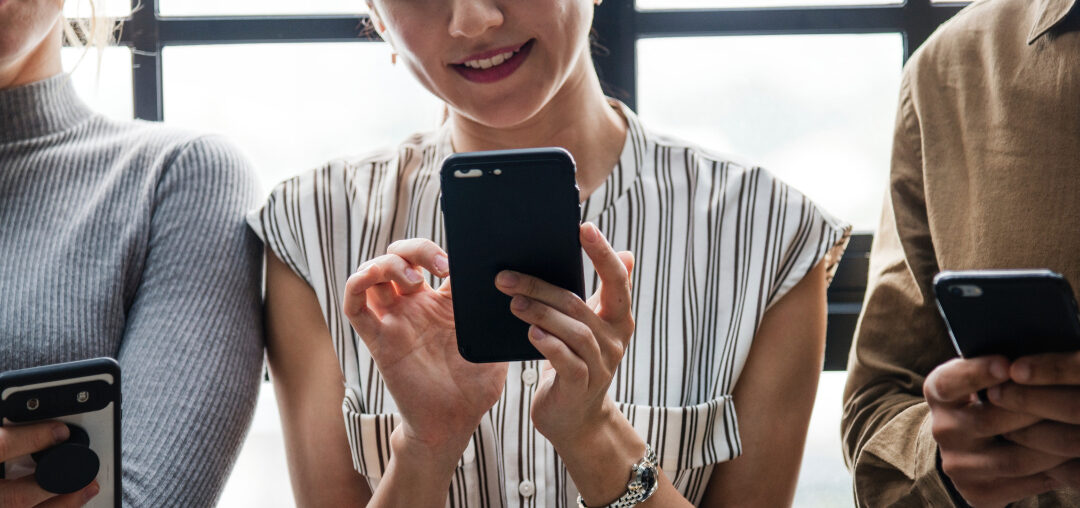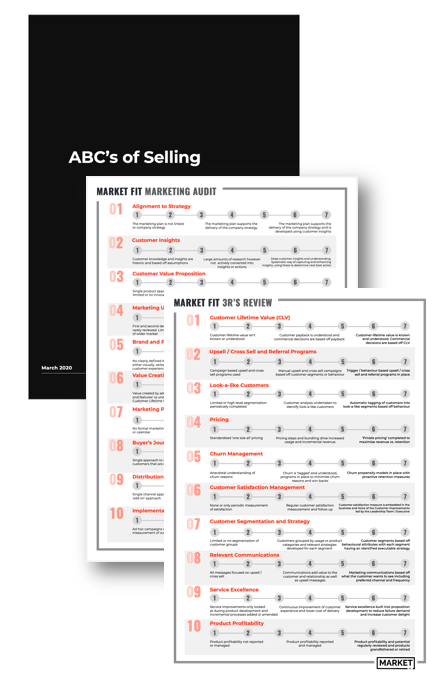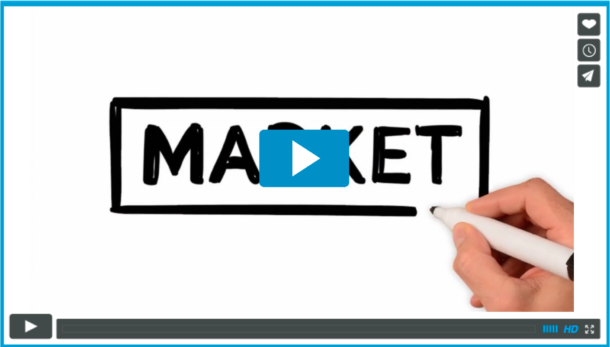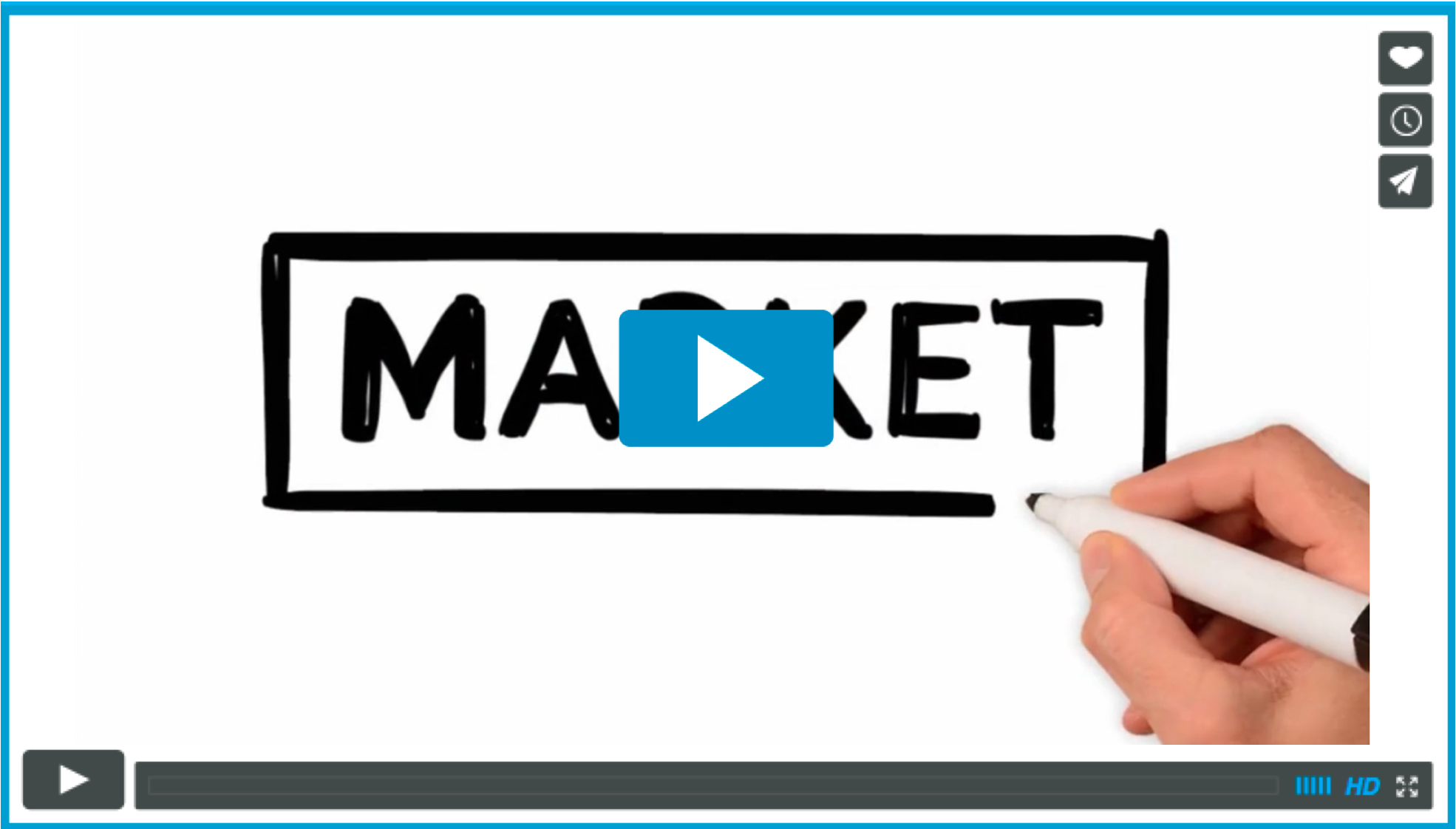The third of our five part series on the ABCs of Selling introduces us to “B”. And “B”, as everyone knows, stands for Visible.
Back in the day “B’ meant “Be” – as in Always Be Closing. So I’ve taken an obvious liberty here. It’s 2019 now, and so “B“ stands for Visible. As in, Always Be Visible…. are you still with me?
Joking aside, visibility has long been a challenge for smaller businesses. How to compete with the marketing and promotional budgets of larger competitors? How to access traditional (broadcast) media like TV or newspapers? Especially when they are so expensive? We’ve already talked about adding value, but without visibility you’re not in the game. And with traditional marketing so expensive, unless you’ve got money to burn you’ve got a problem.
Luckily, things have changed. You don’t hear the word “broadcast” so much these days. Audience consumption habits have shifted. The old days of “must-watch” scheduled TV are all but gone, just as they are for printed mass-media. Even radio is feeling the pinch (come on down Spotify). And that’s where you find your advantage – fragmented audiences are your new best friend. Because if you’ve done your added value homework, you’ll already know your ideal customer. And if you know your ideal customer, it’s never been easier for you to reach them.
There’s a key piece in this puzzle – the smartphone. Mobile now dominates web traffic – in almost every case consumers choose mobile over desktop to access the web. And for highly engaging sites like Facebook and other social channels, the mobile dominance is even more pronounced.
So what does this mean for you? It means conditions for reaching your ideal customer, with a value message and at a time that works for them, have never been better. Visibility and being front of mind for your customer is no longer the challenge it was. The rise of social and mobile has democratised marketing, increasing your ability to compete.
Back in 1992 when Alec Baldwin was drilling his sales team to Always Be Closing, visibility was limited to giants like Ford, McDonalds or Coca Cola. Ubiquitous presence was expensive, so the smaller guys needed to take every chance they could to close. But here, in a very real way, is how much this thing has changed. The average consumer now looks at their smartphone 254 times each day. It’s the new TV. And that’s 254 times you could be in front of your customer – or in other words, visibility.
And speaking of TV – here’s your second advantage. Your smartphone is your very own TV studio. Smartphones mean it’s never been easier to make your own promotional videos. Recording and publishing content has been democratised in ways unimaginable even five years ago.
Which brings me to your final advantage. Social media platforms. Targeting algorithms have the power to serve your exact, precise and ideal audience.This is the natural result of broadcast’s decline – social channels know more about their users than any other business in our history. Using this to reach your niche is now a very real and achievable aim.
So now we have an obligation. If we know how to add value, and we know who our ideal customer is, don’t you think we have an obligation to be visible to them? If we’re serious about solving customer pain points visibility is no longer a nice to have. But it’s also the part many smaller businesses struggle to understand. Good luck and happy selling!
KS




